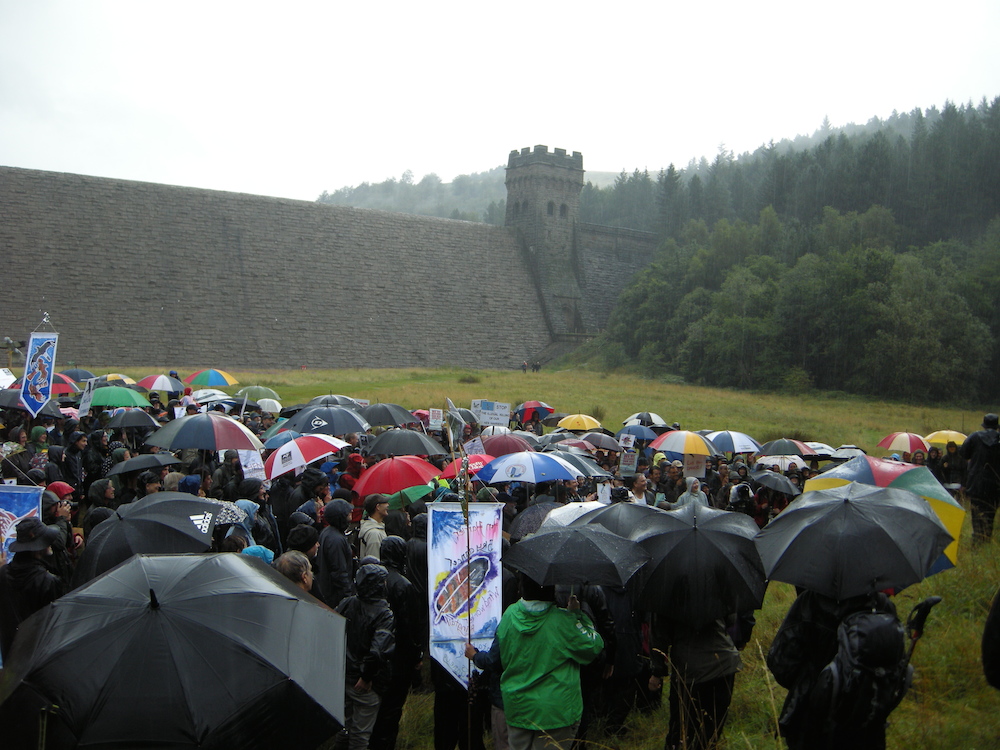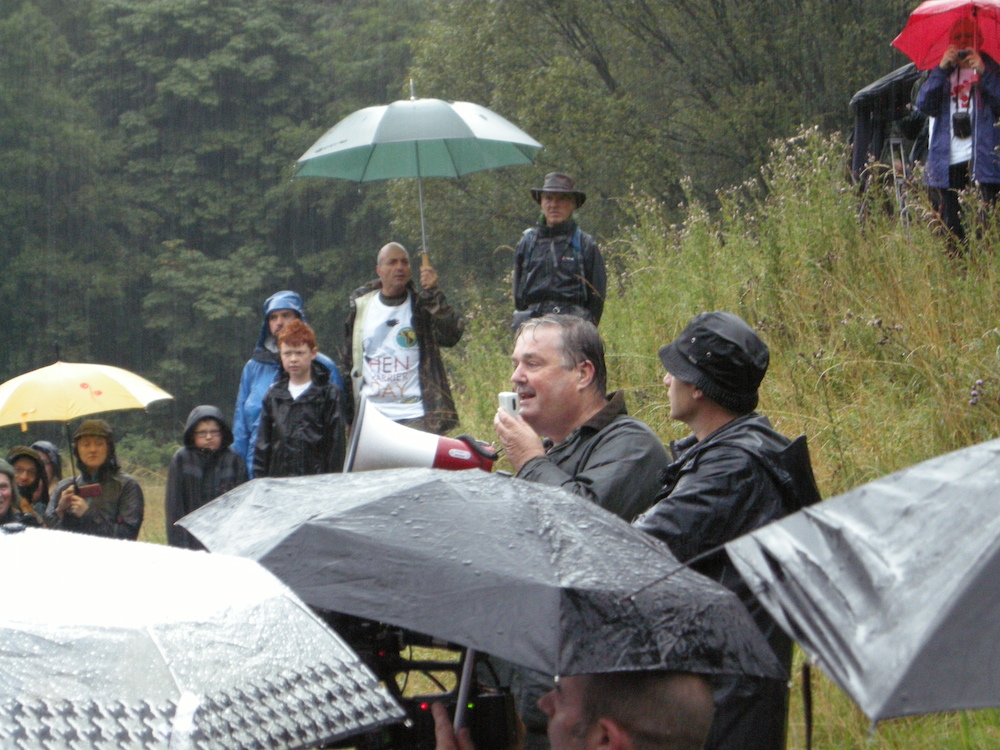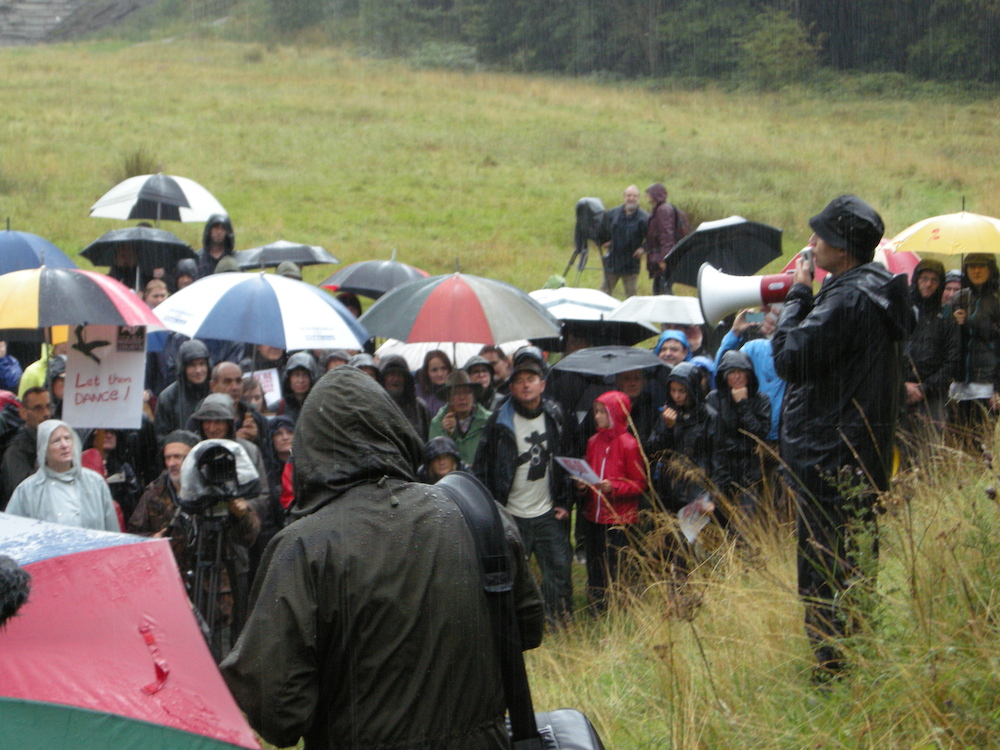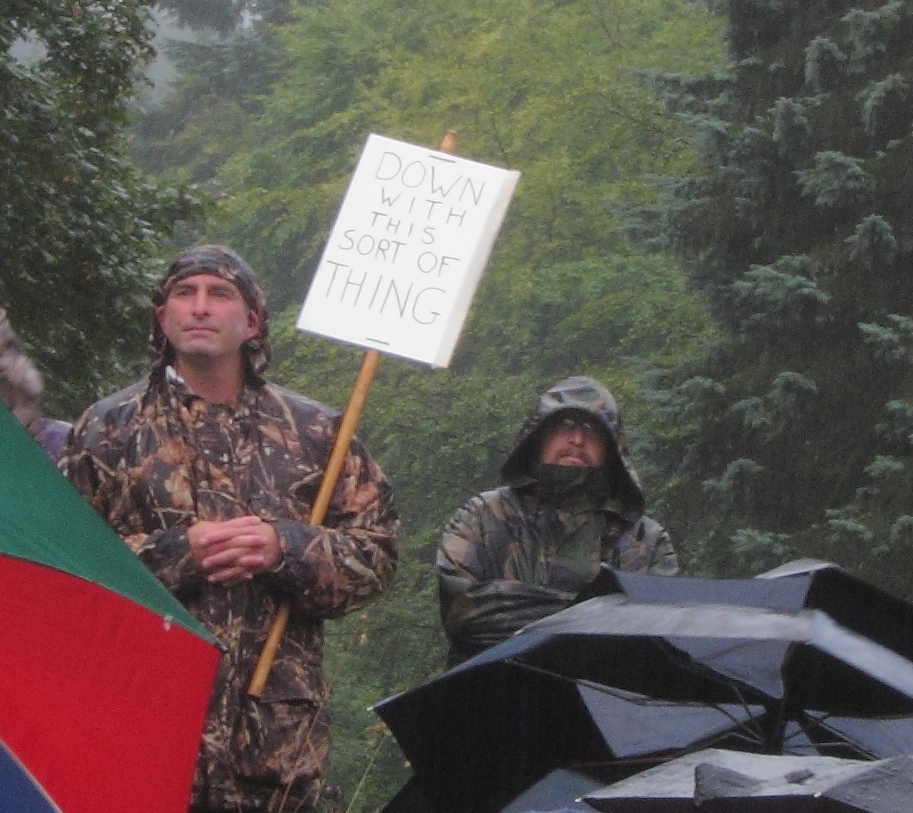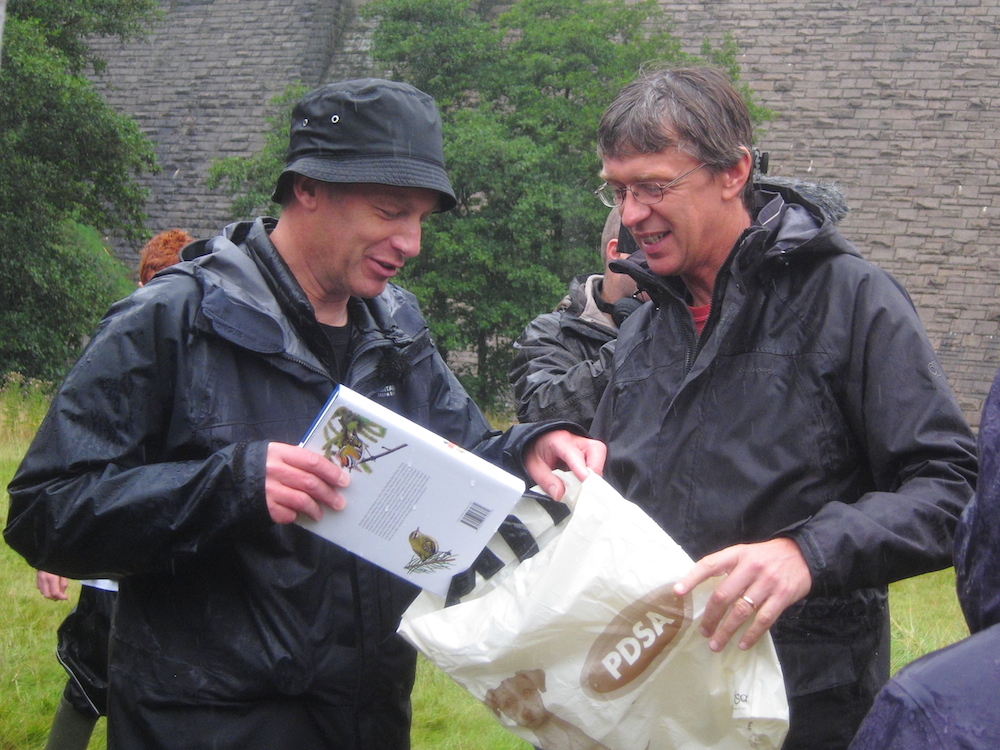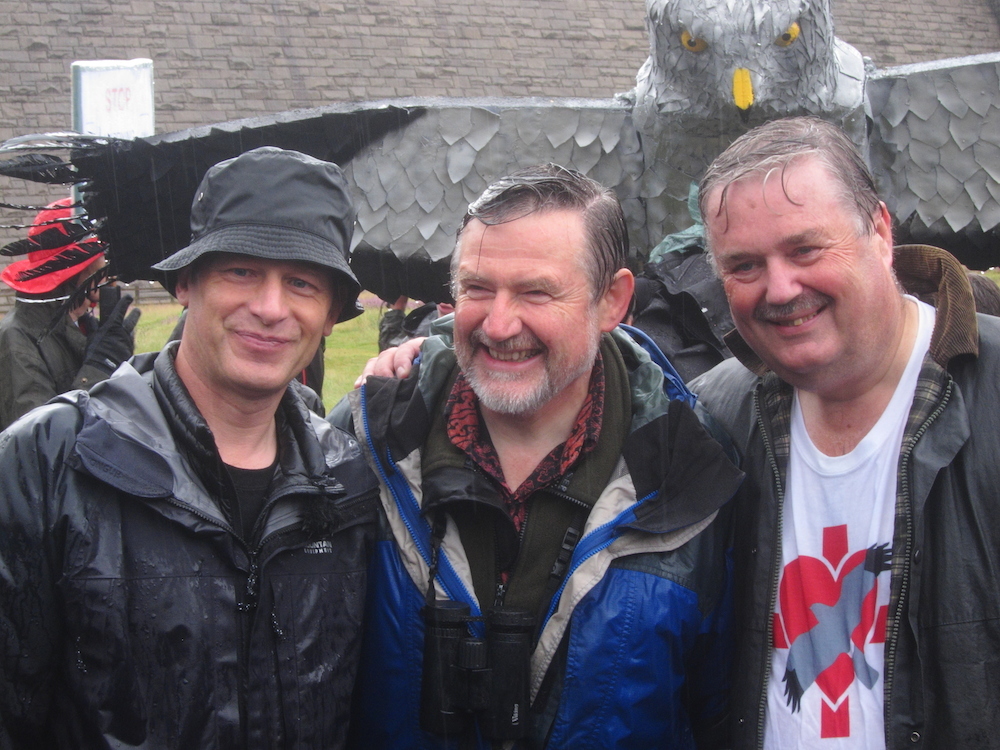The Annual NERF Conference for 2014 is being hosted on 16th November jointly by the South Peak Raptor Study Group and Peak District Raptor Monitoring Group at The Agricultural Business Centre, Agricultural Way, Bakewell, Derbyshire DE45 1AH
Registration, coffee and exhibits will be available for delegates from 09:00 hrs and the Conference will open at 09:50 hrs. Coffee, lunch and afternoon refreshments are included in the ticket price.
As usual, there is an exciting and varied programme for you to enjoy. We’ll be covering a wide range of topics guaranteed to be of interest to upland raptor fieldworkers and general birders. Delegates will be able to put questions to the speakers at the end of each session. The lunch break provides an opportunity to share experiences amongst friends and colleagues. Paul Irving, NERF Chairman, will also bring us up to date with recent developments within the Forum.
Topics and speakers for the 2014 Conference are: -
· Raptors and wildlife of the Arctic.
Richard Sale
· Peregrinations – Satellite Tagging Peregrine Falcons in Arctic Russia.
Andrew Dixon
· Updating the Hen Harrier Conservation Framework.
Alan Fielding
· The National Trust – The High Peak Moors Vision and Plan.
Jon Stewart (General Manager for the Peak District)
· Combating Wildlife Crime in Derbyshire
Alan Charles (Derbyshire Police and Crime Commissioner)
· Raptors of the Peak District - A comparison of breeding success of key raptor species in the White Peak and Dark Peak areas of the Peak District National Park.
Trevor Grimshaw (White Peak) & Mike Price (Dark Peak)
· 30 years of Merlin in Angus
Ron Downing
· How much do we really know about Golden Eagles
David Walker
Delegate fees are £22.00 .(Please note this is non refundable after the 16th of September 2014)
Demand for places is expected to be high so please book early to avoid disappointment.
Further details & booking from This email address is being protected from spambots. You need JavaScript enabled to view it.
SBSG RECORDS
What is a record?
Whether casually noting birds visiting the garden, on a walk around your local ‘patch’ or participating in a major survey, we are recording birds – but what exactly is a record?
In simple terms a record is an occurrence of a named species, linked to a location (site name or grid reference), a date/time, and an observer. However, whilst useful in it own right, this basic information does no more than ‘fix’ the occurrence in time and space. Additional information such as numbers, behaviour, age/sex, breeding data, direction of flight etc, can greatly enhance the richness of the SBSG database and therefore its conservation value.
Why record?
Increasingly, as sites and habitats come under threat from development, amateur naturalists are being asked to provide accurate information to be used in their defence at public inquiries. For SBSG’s records to be of use in this way, it is important that they carry as much additional information as possible. The ability to demonstrate the importance of a site for birds could easily mean the difference between saving a valuable wetland or woodland and seeing it disappear under acres of tarmac or a multi-screen cinema! Influencing developments in this way is possible, given the volume and accuracy of evidence that can be collected by groups such as SBSG. Who knows, it could be your local patch that comes under threat next!
So the culmination of the birding year is the publication of ‘Birds in the Sheffield Area’, our annual bird report which summarises the records received in a given year and interprets and draws conclusions from them about bird populations in the SBSG area during that year. We now have an unbroken series of reports from 1973 to the present day – a weighty argument for supporting cases for conservation!
The huge records database which underlies the reports has provided very specific and therefore valuable data for numerous conservation campaigns.
What to record?
The short answer is ”almost everything”. A single sighting of Robin or Dunnock in the garden can safely be ignored, but a dozen Robins or record of breeding Dunnock is worth submitting. Who knows when a ‘common’ bird (like Starling, Spotted Flycatcher, Song Thrush) may suddenly appear on a list of endangered species, so we need to understand trends in species populations.
Brief summaries like “no proof of breeding at this site for the first time in ten years”, “eight pairs bred in a 400m metre stretch of hedgerow compared with 5 last year” and “first ever site record this year” can help to provide us with a broad brushstroke picture of how our common birds are faring.
Breeding records are particularly important, since they give a measure of the importance of an area to birds. Such records can give an indication as to whether changes are occurring in bird populations, distributions, their habitats or even the environment in general, from year to year.
If you are in any doubt whether or not to record something, then record it in our database! This is one area where less definitely isn’t more.
How to submit your records
The way to do this is via the 'Submit your records'page. It is straightforward for the observer and time-efficient for the Recorders’ Committee. Full instructions are available on this page.
Rare, scarce or so-called ‘description species’
From time to time, most active birders will come across a rarity or ‘description species’ – so called because their occurrence must be supported by a written description in order to be considered for acceptance.
If you see a rarity, it is important to photograph the bird if you can, and take notes on its appearance and behaviour, preferably while actually watching it or immediately afterwards. If you can summon an experienced birder to corroborate your identification, then so much the better.
Documentation of Description Species is done on a special 'Description Form' which allows and prompts Members to complete all the necessary fields.
The collection and collation of information relating to the birds found in the 12 ten-kilometre squares of the SBSG recording area form the mainstay of the Groups’ constitution – the operative word being ‘study’. However, above all, birding should be fun, relaxing, whatever you want it to be. So don’t get too hung up on the detail and ... GOOD BIRDING!
Hello All
Firstly I’d like to introduce myself: I’ve just started at the Wildlife Trust and will be taking responsibility for managing Blacka Moor, following on from Annabelle Kennedy.
It’s an exciting time to be joining the Trust since, as you’ll be aware, we’re going to be updating the Blacka Moor Management Plan this year. To this end we’ve got a couple of public engagement events coming up in September where we’re going to be gathering people’s views and ideas on sections of the plan:
· Saturday 13th September – All-day drop-in session on site at Blacka Moor, 8-4pm.
· Thursday 18th September – Management Plan workshop, Abbeydale Sports Club, Turner Lounge, 6.45pm-9pm.
By the end of the workshop you will have:
- Found out more about Sheffield’s Blacka Moor;
- Learnt why the Blacka Moor Management Plan is being updated;
- Had an opportunity to share your views and ideas on sections of the management plan;
- Understood the next steps planned for this work and the future opportunities for you to contribute.
Please book onto the workshop session by contacting us on This email address is being protected from spambots. You need JavaScript enabled to view it.. No need to book for the drop-in session.
Please note that you can also submit your views online.
As a supporter of Blacka Moor we hope that you’ll be able to attend at least one of these events to provide us with your input. Alongside the management plan we’re also going to be reviewing the role of the RAG group and considering other ways of engaging with supporters and stakeholders with an interest in Blacka Moor.
Thank you in anticipation of your support and I look forward to meeting you soon.
Regards
Nabil
Nabil Abbas
Living Landscapes Manager (South)
Sheffield and Rotherham Wildlife Trust
0114 263 4335
07977 738251
www.wildsheffield.com
.
Page 2 of 4

